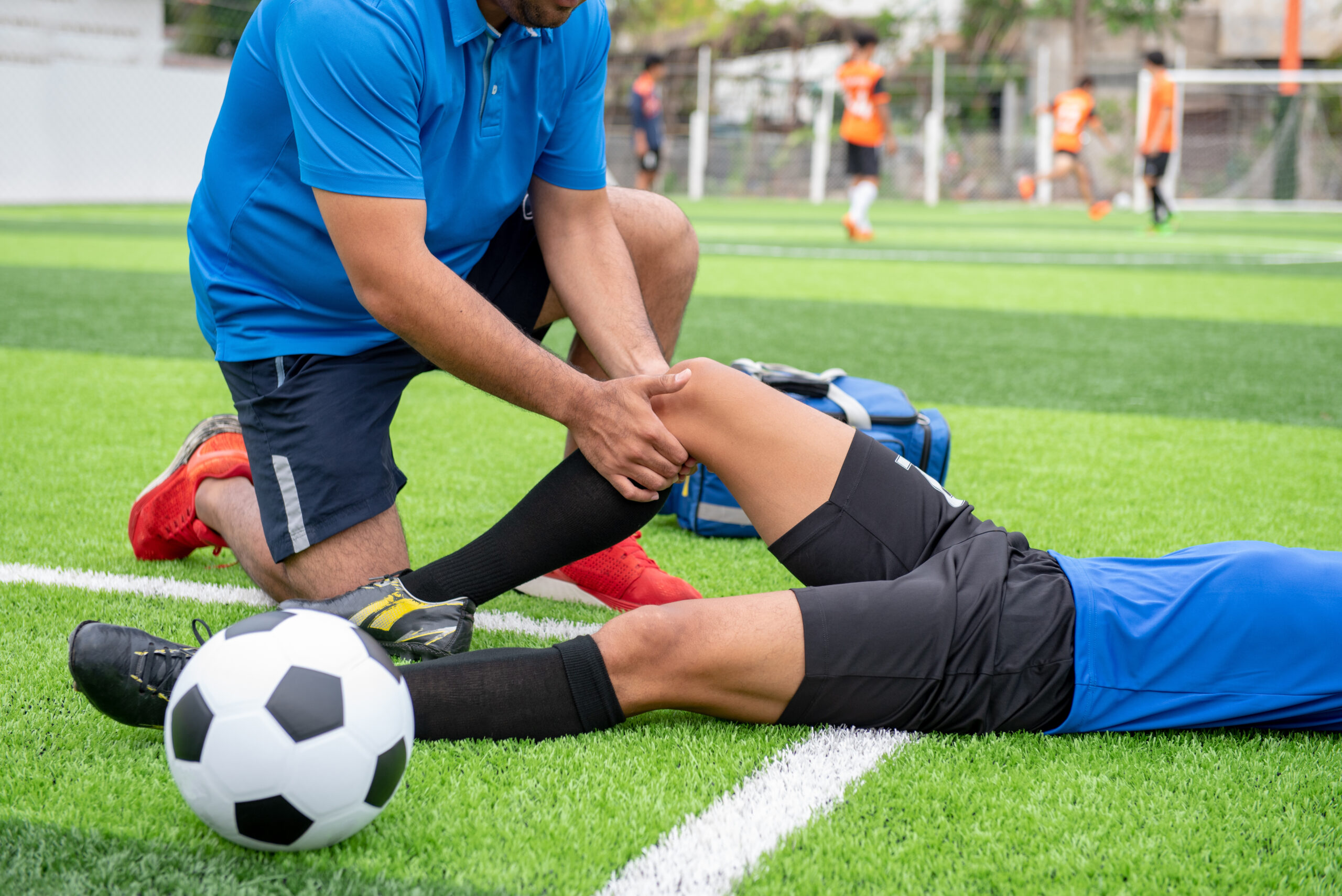The Most Common Sports Injuries in Kids and Teens — and How to Prevent Them

Sports are a big part of childhood and teenage years. They help kids build confidence, stay active, and learn teamwork. But with all the running, jumping, and competition, injuries are also common. As a parent, it’s natural to wonder which injuries happen most often and how you can help protect your child.
Here’s a closer look at the most common sports injuries in kids and teens, why they happen, and what you can do to reduce the risk.
Why Sports Injuries Are So Common in Kids and Teens
Children’s bodies are still growing, which makes them more vulnerable in certain ways. Growth plates, which are the areas of developing cartilage near the ends of bones, are weaker than surrounding ligaments and muscles. That means what might be a sprain in an adult could turn into a fracture for a young one.
Overuse also plays a significant role. If your kid specializes in a single sport year-round, it can leave little time for recovery. Without proper rest, repetitive motions, like pitching in baseball or kicking in soccer, can wear down muscles, tendons, and joints.
The Most Common Sports Injuries in Young Athletes
Sports injuries can happen to any active child. If one occurs, it doesn’t have to keep your child out for long.
Here are the types of injuries we commonly treat at Care Station Medical Group:
Sprains and Strains
Sprains and strains are among the most common sports injuries in kids and teens. Sprains occur when ligaments (the tissues connecting bones) are stretched or torn. The ankle is especially vulnerable during sports like soccer, basketball, and football.
Strains, on the other hand, affect muscles or tendons. Hamstring and back strains are frequent in activities that involve sprinting or sudden movements.
This type of injury can often be prevented by warming up before activity, building muscle strength through age-appropriate training, and wearing proper footwear when playing a sport.
Fractures (Broken Bones)
Fractures often result from falls, direct contact, or awkward landings. Wrists, arms, and collarbones are common sites in young athletes. To lower the risk, protective gear such as wrist guards, shin pads, and helmets should be used when appropriate. Watch for possible signs of a fracture, such as sharp pain, swelling, or difficulty moving the injured area.
Concussions
Head injuries can be a serious concern, especially if your child plays contact sports like football, ice hockey, or soccer. Concussions happen when a blow to the head or body causes the brain to move inside the skull. Signs to watch for include headache, dizziness, confusion, sensitivity to light or noise, or loss of balance. In some cases, symptoms may appear hours after the injury.
Helmets can help lower — though not eliminate — the risk. If a concussion is suspected, the child should be removed from play and examined by a medical provider immediately.
Overuse Injuries
Overuse injuries happen when the same motion is repeated too often without enough rest. Common examples we treat include shin splints, tendonitis, and stress fractures. These injuries are more common in kids who train or compete in the same sport year-round, such as pitchers, gymnasts, swimmers, and runners.
Taking breaks between practices gives the body time to recover and may help lower the risk of overuse injuries.
Knee Injuries
The knee is one of the most vulnerable joints, especially for young athletes in sports requiring quick direction changes, like soccer, basketball, and lacrosse. The most common types that we treat include ACL tears, meniscus injuries, and patellar tendonitis.
Using proper footwear and practicing safe jumping and landing techniques can help minimize the risk of knee injury.
Shoulder Injuries
Throwing sports like baseball, softball, and tennis can place a lot of strain on the shoulder. This overuse can lead to rotator cuff injuries or shoulder instability, even in teens and young athletes. As such, it is important to do sports physicals to help catch and address any potential issues early. Also, encourage your child to speak up if they feel pain rather than pushing through it.
When to See a Doctor for a Sports Injury
Some injuries require more than rest and ice. Parents should seek medical care if their child experiences:
- Severe or worsening pain
- Swelling that doesn’t go down after a few days
- Inability to bear weight or use the injured area
- Headaches, dizziness, or confusion after a hit to the head
Recover Safely with Care Station Medical Group
At Care Station Medical, we provide expert care for all types of injuries, including sprains, strains, fractures, concussions, and overuse injuries. Our team of experienced professionals works with families to ensure kids recover fully and return to sports safely.
With urgent care services, extended hours, and locations across New Jersey, we make it easier to get the right care when you need it. Whether your child is nursing a sore ankle, recovering from a fracture, or needing clearance to return to the field, we’re here to help.
Call today at (908) 925-CARE (2273) or visit one of our urgent care locations across New Jersey.
